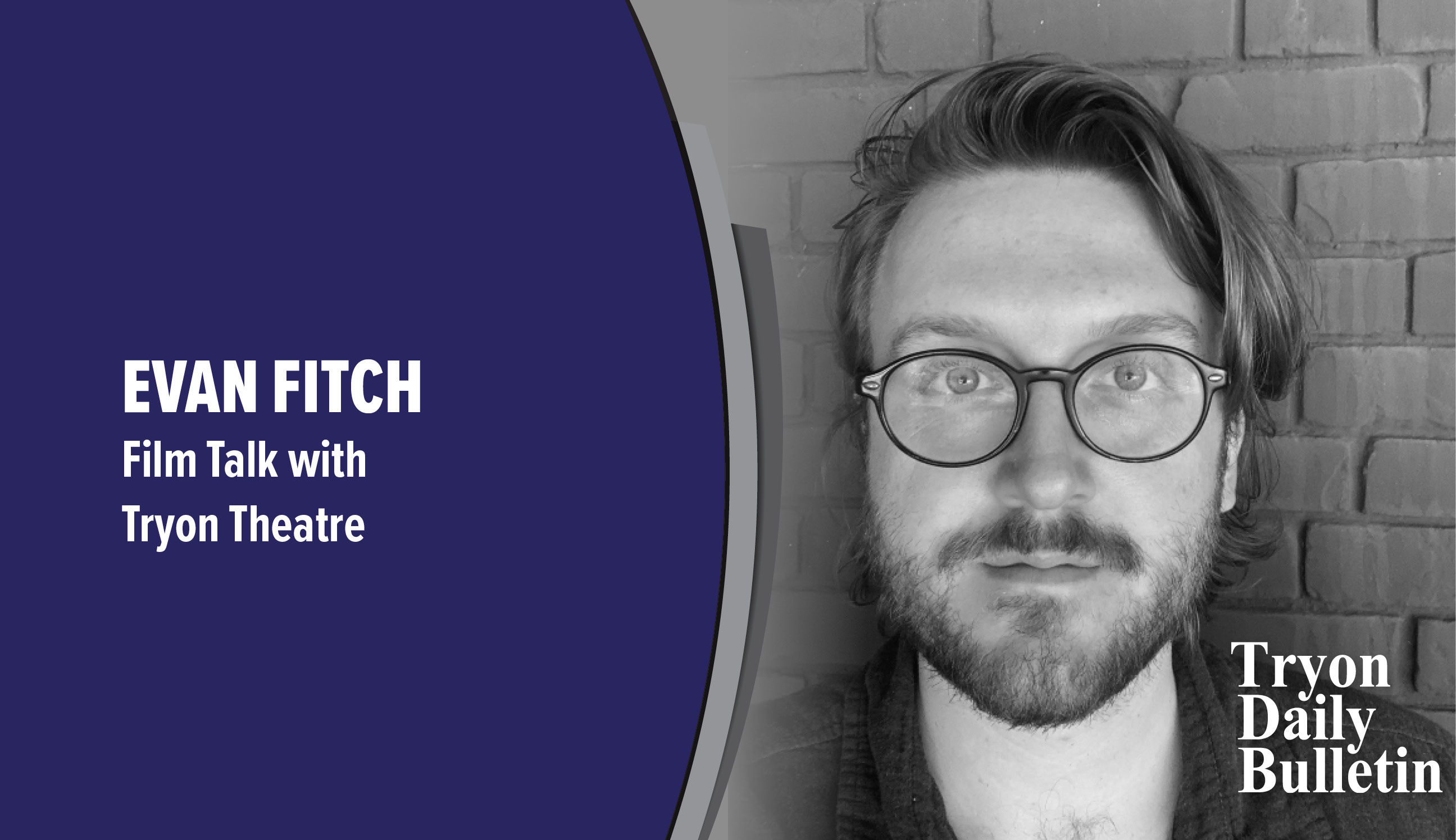A journey inside a show, inside a play, inside a film
Published 8:00 am Tuesday, July 25, 2023
|
Getting your Trinity Audio player ready...
|
Taking the screen this week at Tryon Theatre is Wes Anderson’s newest film, “Asteroid City.” Situated in flawless symmetry, this film feels almost as if it depicts a miniature world, contained within the perfect frame of the camera’s gaze.
Anderson’s visual style is renowned for its mise-en-scene: the assembly and organization of the physical elements within a given frame. Color and form are inseparable from the emotional themes of Anderson’s work, where coordinated pastels and painstakingly assembled outfits are as important as any dialogue or narrative arc. However, to reduce Anderson to a visual style would ignore how he directs his actors’ deliveries and movements, a style unto his own, equal parts reservation and zany expression.
“Asteroid City,” in its acting style and aesthetic composition, is so distinctly a Wes Anderson film that your enjoyment of it can be predicted before having seen the film. If any of Anderson’s films post “The Fantastic Mr. Fox” (2009) appealed to your cinematic sensibilities, say “Grand Budapest Hotel” (2016) or “The French Dispatch” (2021), then his most recent venture will surely satisfy you in similar ways. In contrast to the emotional register of some of Anderson’s other work, “Asteroid City” more securely grounds its emotive and deeper beats, bringing a solidness and weight to a directorial style that some critics have levied as airy and aloof.
“Asteroid City” at the simplest level is a movie about a small desert town and the interconnected stories of people gathered there: children at a science camp, families stopping through on their travels and government agents addressing a secretive agenda. However, this story is really an interpretation of a play within the film’s world, a television production of an acclaimed playwright’s work, bookended with omniscient narration.
This meta-layering may seem disjointed on the surface, but the film does an admirable job of seamlessly interconnecting these cinematic layers, transitioning through them with grace and fluidity. Through this narrative device a complex duality is also required from the film’s lead performances, as they play both the characters of the “show” and the actors playing said characters.
Anderson has long favored reusing select actors in his films, as well as assembling large ensembles, and this film is no exception. The actor at the helm of this film is one of Anderson’s longest collaborators, the talented Jason Schwartzman, who has performed for Anderson in both lead and cameo roles, always to the tee. This particular narrative finds Schwartzman downplaying quirk and tapping into a deeper resonance of sadness and pain, portraying a recently widowed father to his lovable but difficult children, children who have not yet learned of their mother’s passing. The progression of the plot is tightly contained within a lean runtime and provides no shortage of surprises for the viewer. We hope to share this beautiful work of cinema with you all soon!



